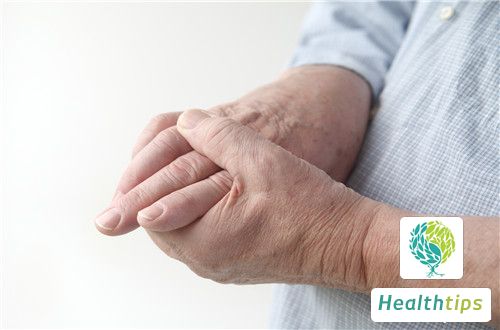What is the most effective way to remove wetness?
Wet evil can interact with wind, heat, water, phlegm, poison, and other evil factors to form different diseases with various wet syndromes, each requiring different treatment methods. For example, wind-dampness syndrome can be treated with wind-dispelling and dampness-eliminating therapy, middle-jiao obstruction due to dampness can be treated with spleen-invigorating and dampness-resolving therapy, damp-heat syndrome can be treated with heat-clearing and dampness-resolving therapy, and water-dampness accumulation can be treated with diuresis and dampness-draining therapy.

This method is applicable to wind-dampness located on the exterior and wind-dampness obstruction syndrome. Herbs such as Notopterygium root, Angelica pubescens root, Saposhnikovia root, and Gentiana macrophylla root are commonly used in clinical practice to form prescriptions that work together to dispel wind and eliminate dampness. Representative prescriptions include Notopterygium Rhizoma and Decoction to Dispel Wind-Dampness and Angelica Pubescens Decoction for Parasites.
This method is applicable to middle-jiao obstruction due to dampness. Herbs such as Atractylodes rhizome, Magnolia bark, White Atractylodes rhizome, Pinellia tuber, Dried Tangerine Peel, Agastache, Eupatorium fortunei, Amomum villosum, and White Cardamom are commonly used to form prescriptions that work together to invigorate the spleen and resolve dampness. Representative prescriptions include Pingwei Powder.
The principle of heat-clearing and dampness-resolving therapy is applicable to damp-heat syndromes, such as damp-warm diseases, damp-heat jaundice, and damp-heat strangury. Herbs such as Scutellaria root, Coptis rhizome, Phellodendron cortex, Gardenia fruit, Poria cocos, Polyporus, Alismatis rhizome, Coicis seed, Plantago seed, Talcum, Akebiae caulis, and Wormwood herb are commonly used to form prescriptions that have the effect of clearing heat and resolving dampness. Representative prescriptions include Sanren Decoction, Ganlu Xiaodu Pill, Wormwood Decoction, and Bazheng Powder.
Diuresis and dampness-draining therapy is applicable to syndromes such as urine retention, edema, and phlegm caused by water-dampness accumulation, cold transformation of dampness, and yang deficiency. Herbs such as Poria cocos, Alismatis rhizome, Polyporus, Coicis seed, and Plantago seed are commonly used to form prescriptions that can promote diuresis and drain dampness. Representative prescriptions include Wuling Powder and Wupi Powder.
If the problem of dampness is severe, one should seek medical attention as soon as possible to avoid delaying treatment and increasing treatment difficulty.



















